Aerospace, Flight Testing, Oil & Gas, Pressure Measurement, Utility
Tank Level Measurement
Introduction:
Measuring the fluid level in tanks is a common requirement for almost every industrial process. The automatic control of fluids depends on knowing how much liquid is stored in a tank at any given time. This is used to monitor inventory and control pumps. This application describes how to use high line differential pressure transmitters to determine the level of liquid in a tank.
Basics:
Unlike a float or sight glass, a pressure transducer does not measure fluid level directly but rather infers the level by measuring the pressure that the column of liquid exerts on the pressure transducer. The pressure transducer is therefore mounted near the bottom of the tank, or slightly below it, and the + port connected by tubing to the inside of the tank. If the tank is vented to the atmosphere, the – port is left open to the ambient atmosphere. As the tank fills, the column of fluid exerts a pressure equal to the fluid level above the pressure transducer. Pressure Transducer ranges are typically calibrated in inches H2O, so the pressure transducer signal will increase with the level and can be read directly in inches. If the pressure transducer is mounted below the bottom of the tank, a correction for the fluid head in the tubing connected to the sensor + port must be made to provide an accurate level measurement.
If fluids other than water are used, a correction for the specific gravity of the liquid must be applied to obtain the correct level. For example, most oils and hydrocarbons have a specific gravity of approximately 0.8, so a column of oil 100 inches tall would generate a pressure of 80 In H2O, and the signal from the pressure transducer must be corrected accordingly. Often this is done in the readout or control system. Alternately, the pressure transducer can simply be calibrated for a full scale output of 80 In H2O so that a full scale signal means the tank is full.
When specifying the wetted materials of the pressure transducer, be sure to take into account that the pressure sensor will be continuously exposed to the fluid inside the tank. The pressure sensor body steel, O-ring material and sensing diaphragm coating must be compatible with the liquid that will be placed inside the tank.
Pressurized Tanks:
Many tanks are sealed and pressurized, so provision must be made to connect the pressure transducer – port to this pressure cap in order to get useful level readings. This is most commonly done with a dead leg – a piece of tubing connected at the top of the tank and down to the pressure transducer – port.. This applies the system pressure riding on the top of the fluid to both ports of the differential pressure transducer. Since both ports sense the same system pressure, the pressure transducer signal is a function only of the fluid level inside the tank.
Some precautions need to be taken when measuring tank level in pressurized tanks. A three-valve manifold should be used so that the pressure transducer can be safely valved in or out of service while the tank is under pressure. The dead leg should be connected so that it slopes slightly back towards the tank at the top. This allows any condensate to flow back into the tank instead of collecting in the dead leg tubing. Any fluid head present in the dead leg will cause an error in the level measurement signal. Good practice is to provide a short length of tubing for a collection space in the dead leg located below the transducer connection. That way any condensate that finds its way into the dead leg will not offset the tank level signal. A drain valve at the bottom of the dead leg allows for draining any stray condensate that might collect. It is important to completely isolate the the pressure transducer by closing the isolation valves and opening the equalizing valve in the manifold prior to opening the drain valve – an over-pressure condition could otherwise occur.
Mobile Tank Level:
Everything is much more complicated with tanks of fluid mounted on vehicles or aircraft. The motion of the vehicle can result in sloshing of the fluid inside the tank, and this produces a noisy signal. In aircraft, the force from acceleration due to climbing or diving can affect also the level measurement. Averaging several dozen seconds worth of readings is good practice as this will smooth out the variations in readings due to perturbing factors – just like the gas gauge on your car.
The Validyne P55 differential pressure transducer and pressure transmitter has been used extensively for tank level measurements. The P55 family of pressure sensors come with a wide array of pressure port options, digital and analog outputs, sensor material options including Hastelloy, Inconel, 316SST and 410SST, O-ring options as well as form factor. The high line low differential pressure transducers can handle system pressures up to 12K PSI and measure a differential pressure as low as 8 PSI which are ideal for methane, LOX and NOX tanks. The P55 series can handle system pressures of 3200 PSI and differential pressures as low as 0.125PSI which are ideal for most gas and liquid tanks. Contact sales@validyne.com to find the right pressure transducer for your tank level measurement solution.

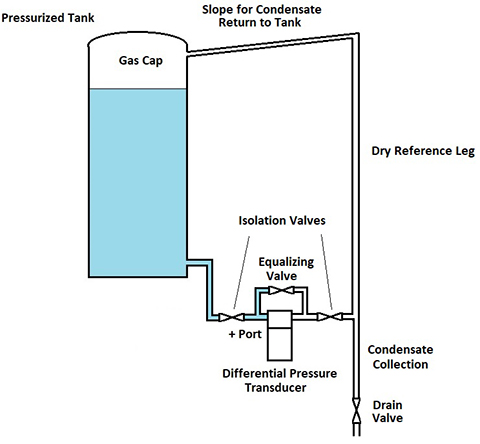
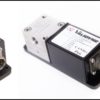
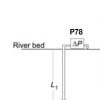

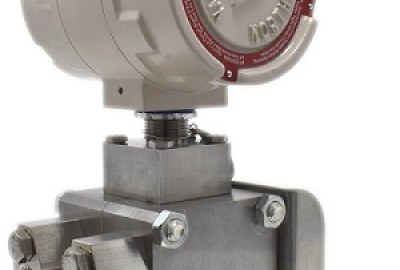

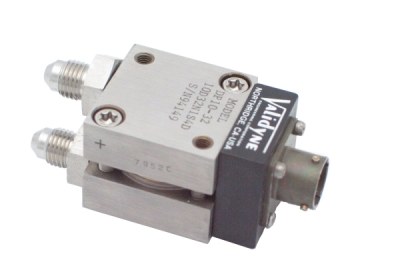
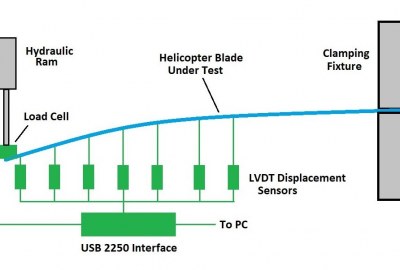

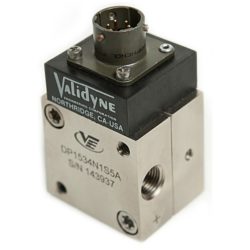
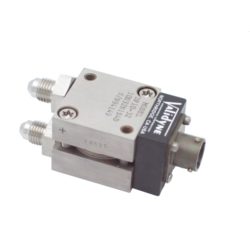
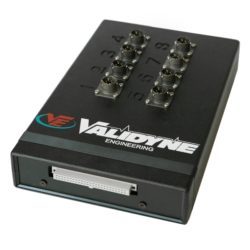

Leave a reply
You must be logged in to post a comment.